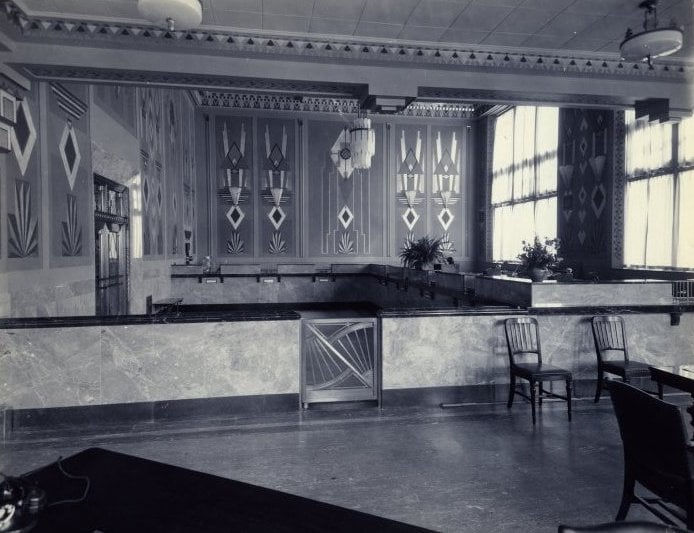George Romney’s Favorite Soup
- Castle Museum

- Feb 28, 2021
- 3 min read
George Romney’s Favorite Soup
1 1/2 cups dry navy beans 6 cups cold water 1 cup onions, chopped 4 oz. salt pork or ham, cubed 1/2 clove garlic, chopped 2 cups celery, chopped 1 cup carrots, diced 2 whole cloves 2 bay leafs 4 cups of beef or chicken stock Dash of pepper 2 or 4 tbsp. cider vinegar
Cover beans with water and soak overnight. Then pour off and measure water, add enough to make 6 cups. Add beans. Sauté onions, salt pork or ham, until onions are transparent. Combine all ingredients (except vinegar) in a heavy pot. Cover and simmer about 4 hours or until the beans are soft. Add vinegar. Salt and more pepper may be added. Makes 8 to 12 servings.
I made this because my mother just had surgery and she is unable to do a lot right now. When you don’t feel well and it’s cold outside you make soup. She has celiac disease so bean soup was my choice. Soaking the beans overnight really cut the cook time down. I actually boiled a small cooked ham and tore the meat of the bone and made stock from that. Never had cider vinegar in my bean soup before but it was not too bad.
- - - George Romney’s Favorite Soup and a Very Tall Bean Elevator
“Romney arrived in Saginaw at 9:30 a.m. and talked for an hour and 15 minutes with [Mayor Henry] Marsh, City Manager Edward Pottoff, Police Chief Joseph E. Bugenske, City Community Development Director Howard G. Sheltraw and other city officials.”
“He said he wanted their views on urban problems and what can be done about them from a state standpoint.”
“‘I am impressed with scope of effort here,’ Romney said. ‘I was impressed with the programs here, in urban renewal, education, job placement.’” The Saginaw News, May 29, 1968
Although we have no evidence that George Romney ever ate his favorite soup in Saginaw, he visited Saginaw numerous times and navy beans have long-been an important Saginaw County farm crop. In his 1918 history of Saginaw County, author James Cooke Mills proclaimed that “Beans are the great crop of Tittabawassee Township, especially in the neighborhood of Freeland, and extensive acreage is planted each year, the product being shipped to outside markets.”
The bean elevator located on Niagara south of West Genesee connects us with Saginaw County’s agricultural history. Over 180 feet tall, it is constructed of reinforced concrete and steel and has a capacity of over 250,000 bushels. It is calculated that this represents 31,500,000,000 individual beans. When it was completed in 1915, it was claimed that it was the tallest bean elevator in the United States. Although designed purely as a functional place to process and store beans, its height and location in an open area at the edge of the river made it a landmark visible from miles around and an ideal location for a sign advertising the beans it was designed to store. [In a future post, we explore the history of Jack Rabbit Beans.]
When it was completed, the facility was proclaimed to be one of the most modern in the country. However, beans still had to be sorted by hand. Women were employed to sit in front of moving conveyor belts. As the beans passed by, they removed debris – stones, pieces of dirt and sticks. Known as pickers, they were paid by amount of waste they gathered. An expert picker could collect 40 – 50 pounds of material in an 8 hour day.
If we needed to go further, we could quote from poet Theodore Roethke’s poem, “The Saginaw Song”:
“When the ladies’ guild puts on a feed, there’s beans on every plate.”
While this may not be a recipe perfected in Saginaw, it relates to distinctly Saginaw stories.













